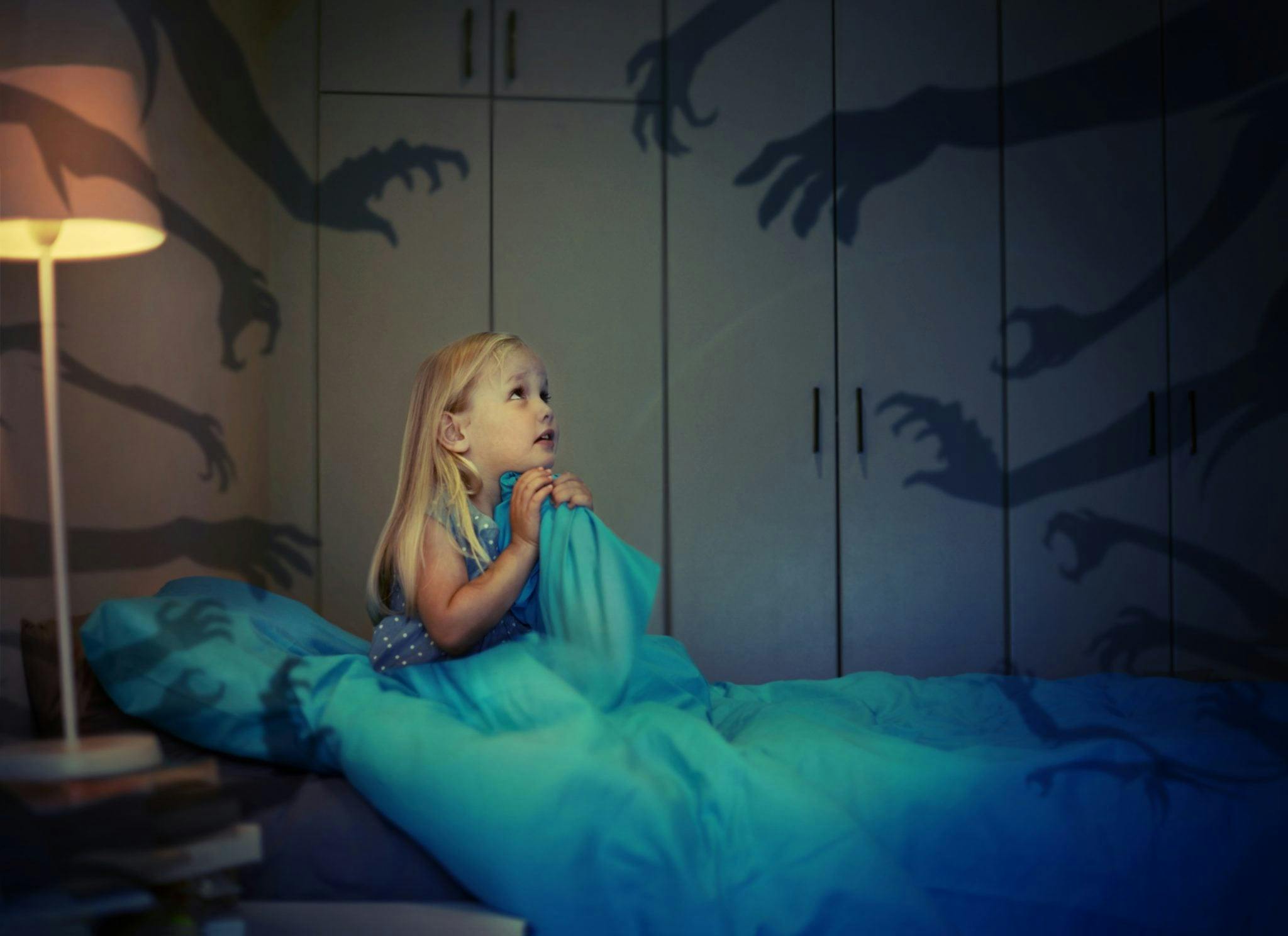
2025-06-10T13:54:10
Understanding Skin Grafts
- Dermatology
- Family Medicine
- Internal Medicine
- Orthopedics
June 23, 2017 | Family Medicine • Sleep Medicine • Women and Children's Center
Specialties:Family Medicine

Night terrors, also known as sleep terrors, are episodes of screaming, intense fear and flailing that take place while the sufferer is still asleep. They’re most common in children, particularly between ages 3 and 12 years old, but they can also be present in adults.
Night terrors are not the same as nightmares—symptoms of night terrors are more frequent and recurring. Similar to sleepwalking, night terrors are considered a parasomnia, or an undesired occurrence during sleep. Night terrors aren’t usually a major issue, and most children outgrow them by their teenage years. In some cases, though, sleep terrors can require treatment.
Night terrors and nightmares are not the same—one big difference is that a dreamer in nightmares wakes up and might remember details, while a person in a night terror remains asleep. Children don’t usually remember night terrors in the morning. Nightmares also generally occur during the last half of the night; night terrors occur in the first half.
Signs or symptoms of a night terror episode might include:
In most infrequent cases, night terrors aren’t a reason to worry. They’re worth mentioning at a well-child exam, but nothing more. However, if terrors become more frequent (often following similar patterns), routinely disrupt sleep, or lead to fear of sleep or dangerous behavior, consult your doctor. In addition, if night terrors persist beyond teen years or begin in adulthood, speak to your doctor about your specific condition.
Night terrors can lead to a few complications:
There are several factors that can contribute to night terrors:
In some cases, night terrors can be associated with another underlying condition that may affect sleep, including:
Risk factors for night terrors can include family history and mental health conditions like depression or anxiety.
In most cases, treatment for infrequent night terrors isn’t necessary. Simply wait out a child’s night terror—it’s tough to watch, but it isn’t doing any actual harm to the child. If needed, help restrain them and get them back into bed. Speak softly and calmly, and never shake or shout at the child.
If night terrors cause significant problems with function or threaten safety, specific treatments might be required. These can include:
In addition, if night terrors are a regular problem for you or your child, here are a few management methods you can look to:
If you or your child is dealing with night terrors, your family doctor can recommend a course of action based on your diagnosis.
I practice the full range of family medicine including obstetrics, pediatrics, adolescent medicine and adult medicine. I also practice some orthopedics, remove lumps and bumps, and perform colposcopy, cryotherapy and vasectomies. Due to the volume of deliveries we do, my practice has evolved to be more centered on women and children’s medicine, but I enjoy all aspects of family medicine.
“Sleep terrors (night terrors).” The Mayo Clinic. http://www.mayoclinic.org/diseases-conditions/night-terrors/basics/definition/con-20032552
“Sleep Disorders: Night Terrors.” WebMD. http://www.webmd.com/sleep-disorders/guide/sleep-disorders-night-terrors
WRITTEN BY:
The Live Better Team

2025-06-10T13:54:10

2025-04-24T14:00:43

2025-03-10T14:24:39

2025-01-21T10:28:42
This information is not intended to replace the advice of a medical professional. You should always consult your doctor before making decisions about your health.